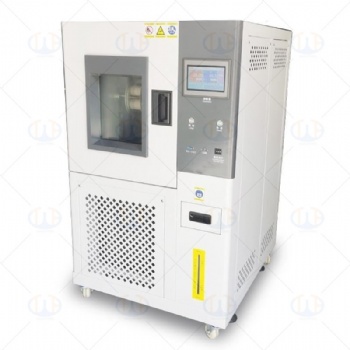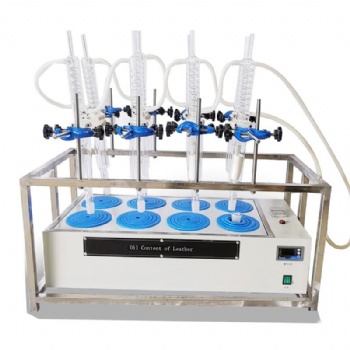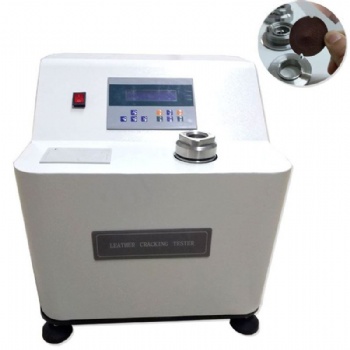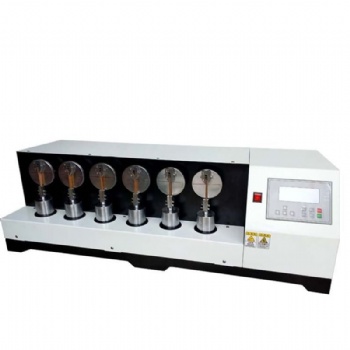News
Horizontal Tensile Testing Machines: An Overview
Horizontal Tensile Testing Machines: An Overview
Horizontal tensile testing machines are specialized instruments used to measure the tensile strength and elongation properties of materials. Unlike vertical tensile testers, these machines perform tests in a horizontal configuration, making them ideal for specific applications, especially those involving long or flexible materials.
Applications
Horizontal tensile testing machines are used in industries that work with materials requiring horizontal load application, such as:
Cables and Ropes: Testing the tensile strength of wires, cables, and ropes, where the length and flexibility of the material make horizontal testing preferable.
Chains: Evaluating the tensile and breaking strength of chains used in heavy-duty lifting and construction equipment.
Textiles: Testing fabrics, especially those used in geotextiles or large rolls of material that are more easily handled in a horizontal setup.
Rubber and Plastics: Assessing the tensile properties of long plastic films, rubber belts, and hoses.
Operation
The operation of a horizontal tensile testing machine typically follows these steps:
Specimen Setup: The material is clamped between the grips or jaws of the machine, which is positioned horizontally.
Test Configuration: The test parameters, such as loading speed and force range, are set via the machine’s control system.
Test Execution: The machine applies tensile force to the specimen by moving one of the grips, gradually stretching the material until it breaks.
Data Collection: The machine records the tensile force applied and the elongation of the specimen, providing valuable data like ultimate tensile strength (UTS), yield strength, and elongation percentage.
Standards
Several international standards regulate horizontal tensile testing to ensure consistent and reliable results. These include:
ASTM D2256: For tensile testing of yarns, which is one common horizontal tensile test application.
ISO 2062: Testing of tensile properties of single yarns, another standard that can involve horizontal testing.
GB/T 3916: Specific to tensile testing of ropes and cables, often requiring horizontal machines.
EN 12385: Defines tensile test procedures for steel wire ropes, which are tested horizontally for practical reasons.
Test Specimen Size
The size of test specimens depends on the material being tested. For example:
Cables and Ropes: These typically require a specimen length that ensures the full behavior under load is captured, often exceeding several meters.
Plastic Films and Textiles: Specimen width may vary, but the length is usually sufficient to prevent slippage and ensure accurate elongation measurement.
Advantages of Horizontal Tensile Testing Machines
Long Material Handling: Better suited for long specimens like cables, ropes, and textiles, where a vertical setup may not be practical.
Reduced Specimen Sagging: Flexible materials like plastic films or textiles that might sag under gravity in a vertical tester remain horizontal, leading to more accurate force application.
Easier Handling for Large Specimens: Large or heavy specimens are easier to load into a horizontal machine than a vertical one.
Conclusion
Horizontal tensile testing machines are crucial for industries that work with long, flexible, or heavy materials. Their specialized configuration allows for accurate testing while conforming to international standards, ensuring that manufacturers can trust the strength and durability of their products. Whether it’s for cables, chains, textiles, or plastic films, horizontal tensile testing machines offer a tailored solution for reliable material testing.
200 ton tension stress testing system, 200 ton tension stress apparatus, 300kn horizontal tensile testing machine, 200 ton tension load testing equipment
Categories
Contact Us
- +86-18615632092
- wtbequipment@hotmail.com
- sophie-tester
- +86-18615632092




 售前客服
售前客服